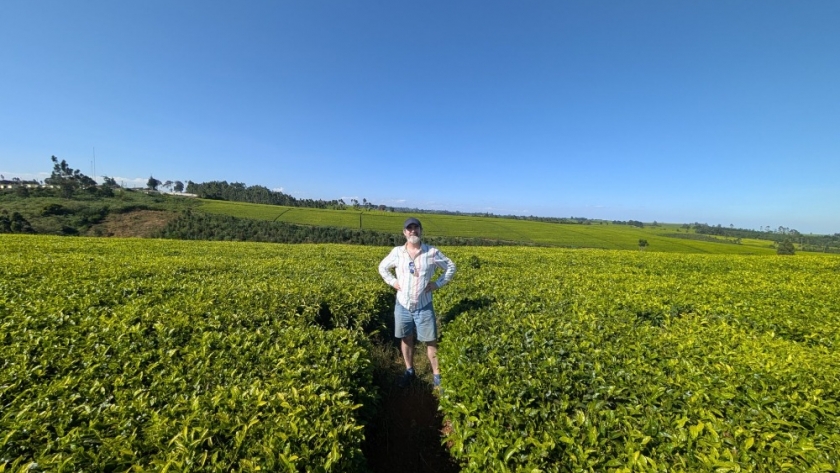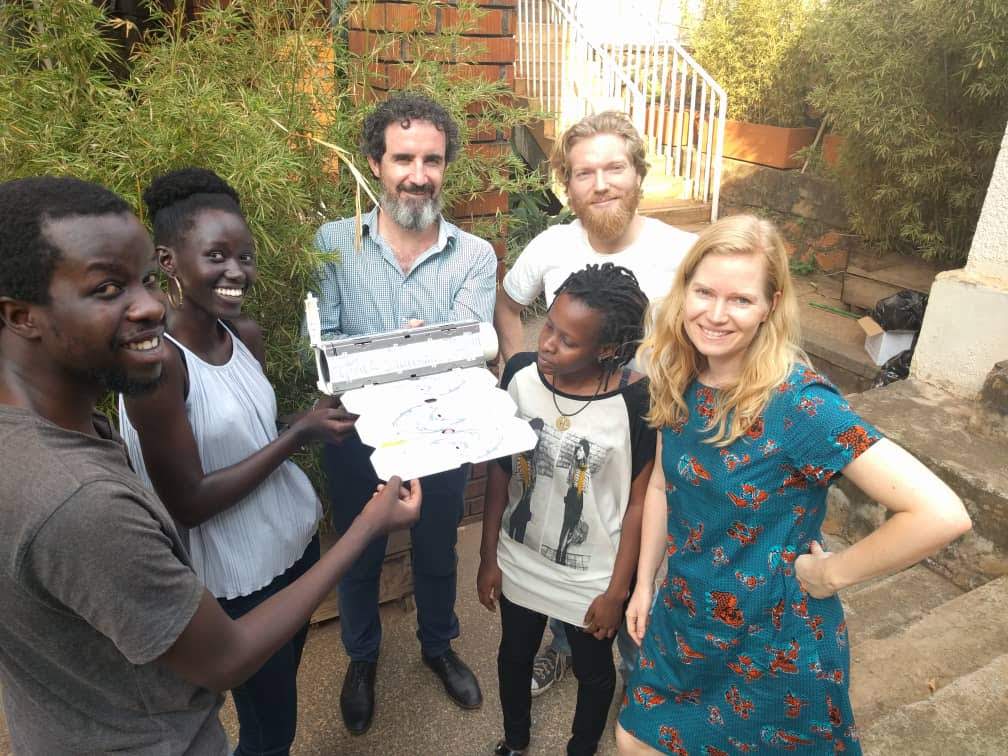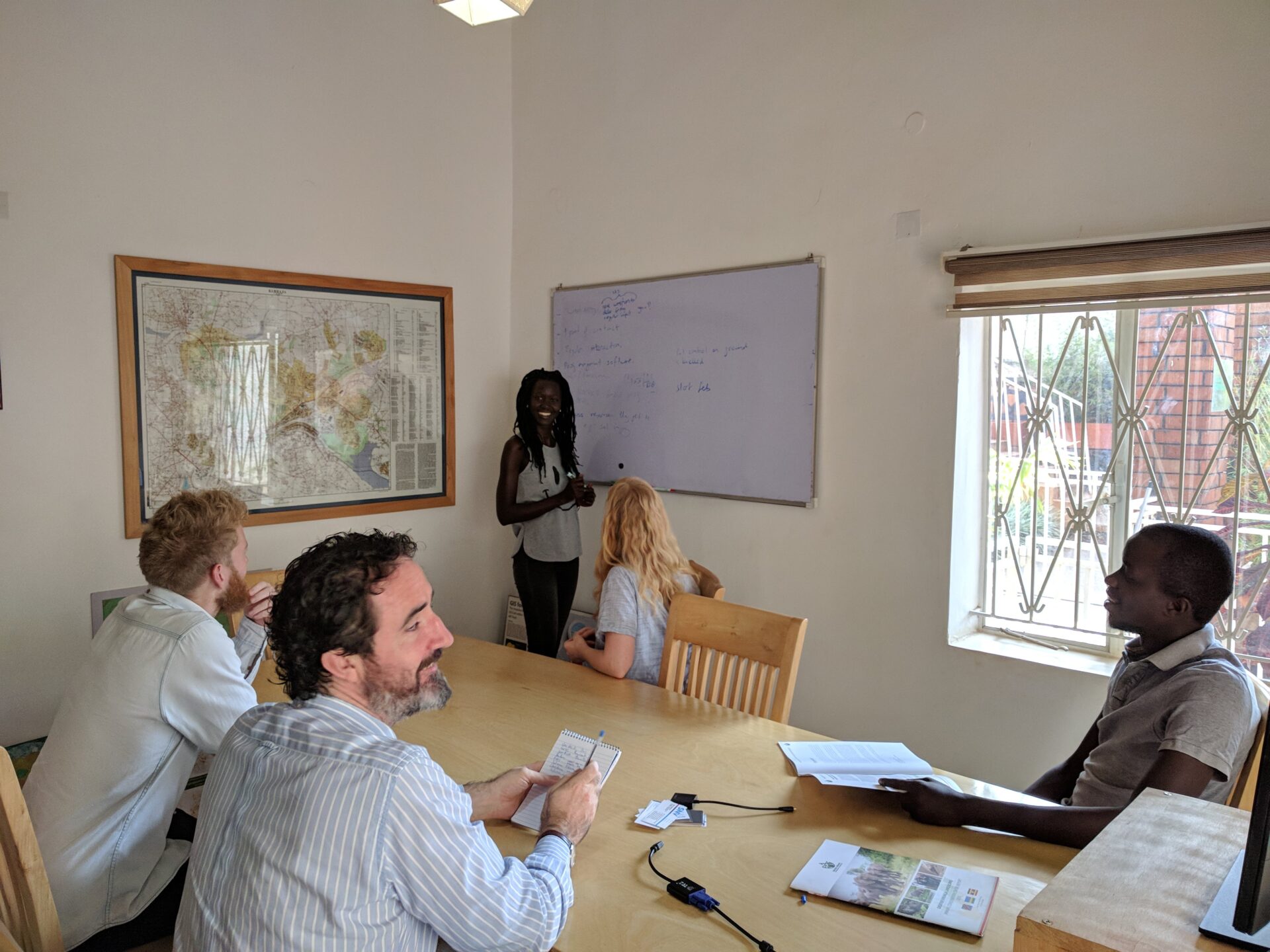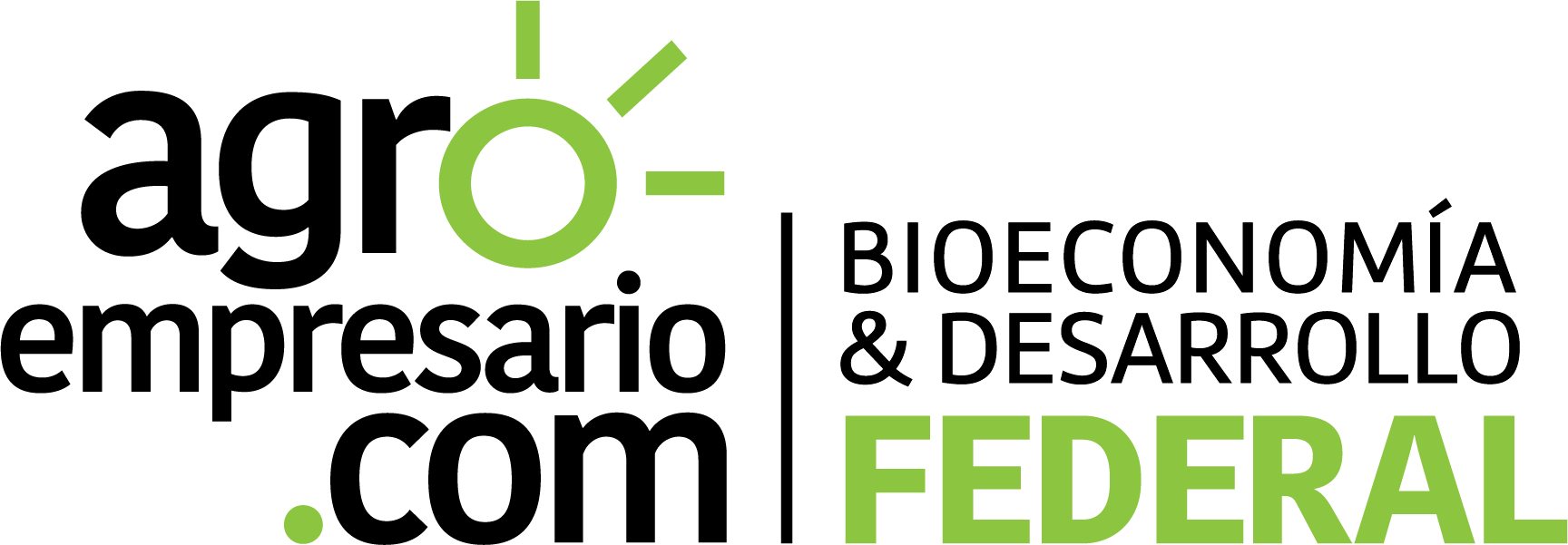
By Agroempresario.com
In a time when global agriculture grapples with climate shocks, financial volatility, and rising pressure to digitize, Africa’s agri-SME sector sits at a crucial crossroads. For tech entrepreneur Bernard Wright, the key to supporting this fragile ecosystem may lie in a surprising place: open-source software.
Wright, a veteran with more than two decades at the intersection of technology, sustainability, and agriculture across emerging markets, shares a firsthand look into why Africa's agri-digital revolution is faltering—and what lessons the AI world can offer.
Wright recalls a telling anecdote from an East African ministry where he delivered a USB containing 1.25 million fields of data gathered from 50,000 community facilities. The official’s response?
“Thanks. We’ll start typing it in now.”
No joke. Due to a subscription dispute, the agency had lost backend access to their proprietary software. They were stuck retyping everything manually. The scene—15 clerks rekeying data—is emblematic of a larger problem: vendor lock-in, high costs, and inflexible software solutions choking innovation in Africa’s agri-tech sector.
Wright argues that the ongoing AI arms race offers a vital lesson for Africa. Chinese upstart Deepseek, for instance, recently developed a model that rivals top-tier Western offerings—thanks to its open-source development strategy. Industry leaders, including Marc Andreesen, lauded it as “a profound gift to the world.”
Meanwhile, internal memos from Google have admitted defeat in certain areas of AI due to open-source players:
“We have no moat… open source is lapping us.”
This open innovation approach isn’t new. Platforms like Linux, Python, and Android reshaped tech globally. In developing regions, DHIS2 and Open Data Kit showed what’s possible. Wright believes Africa’s agri-tech ecosystem must take note.

According to Wright, open-source solutions bring four key benefits to agri-SMEs:
In short, open-source promotes interoperability, transparency, and local adaptability—exactly what Africa’s agri-SMEs need.
Despite strong demand, agri-tech startups across Africa are struggling to scale sustainably. Wright’s own company, Fieldy, crowdsourced production forecasts from 193,000 fields across 18 countries. They gained traction, revenue, and support—then failed.
They’re not alone. Once-promising companies like iProcure ($17.2M raised), WeFarm ($32M), and GroIntelligence ($117M) also collapsed. Twiga, with $180M in investment, is currently under stress.
“Purely commercial agtech models don’t work in these markets yet,” says John Mundy of One Acre Fund. “We need social enterprise models that blend public and private capital efficiently.”
Many current agtech models are based on high-cost proprietary systems, which are often 35% more expensive in Africa due to lower infrastructure and higher risk premiums. These pricing models lock out the very users they aim to empower.
Wright sees a new path in Odoo Community, a subscription-free ERP platform maintained by Odoo S.A. and supported globally. One project, AgriOS, built by Advance Insight on top of Odoo Community, is now being tailored for smallholder markets.
AgriOS is a plug-and-play, open-source ERP solution for agri-SMEs and cooperatives. Unlike more advanced but rigid systems, AgriOS is designed to spread and adapt, not just dazzle with features. Adoption—not technical superiority—is the priority.
It’s also interoperable, meaning it can be combined with tools like digital finance apps, weather analytics, and traceability modules.
The big question remains: how do you monetize free software?
Wright explains that like in AI, the open-source core can be sustained through downstream monetization models, such as:
While these models require alignment, Wright believes that with scale, public-good funding can taper as commercial incentives kick in.

Open-source success hinges not only on great code, but on community-building.
“You can’t just dump software online and hope people come,” Wright notes.
His team is actively investing in:
Trust, shared ownership, and slow momentum are the keys to scaling these solutions.
Wright is clear: open-source isn’t a replacement for all software. There’s a place for proprietary tools and commercial vendors in agri-tech. But in resource-limited markets, especially for public goods like food security, education, and smallholder support, open collaboration may be the only way forward.
“Some problems are too big to solve behind a paywall,” he says.
He envisions a “pre-competitive layer” of open digital infrastructure that private and public stakeholders can co-build, upon which competitive tools can thrive.
For Africa’s agri-SMEs, digitalization is not a luxury—it’s a lifeline. But as Wright and his peers have learned the hard way, today’s tech solutions are often too rigid, too expensive, and too fragile.
If the AI world can embrace open innovation and still succeed, perhaps Africa’s agtech can too.
As Bernard Wright puts it:
“We know the demand is real. The failures are visible. And the open-source model has worked before. It’s time to start.”
Agri-SMEs are the backbone of African food systems. Yet they remain underserved by digital tools designed without their realities in mind. Open-source software—if built collaboratively and funded sustainably—can shift the power dynamic, allowing farmers, cooperatives, and local institutions to drive their own digital futures.
For that vision to succeed, the continent needs more than code. It needs community, commitment, and courage.
